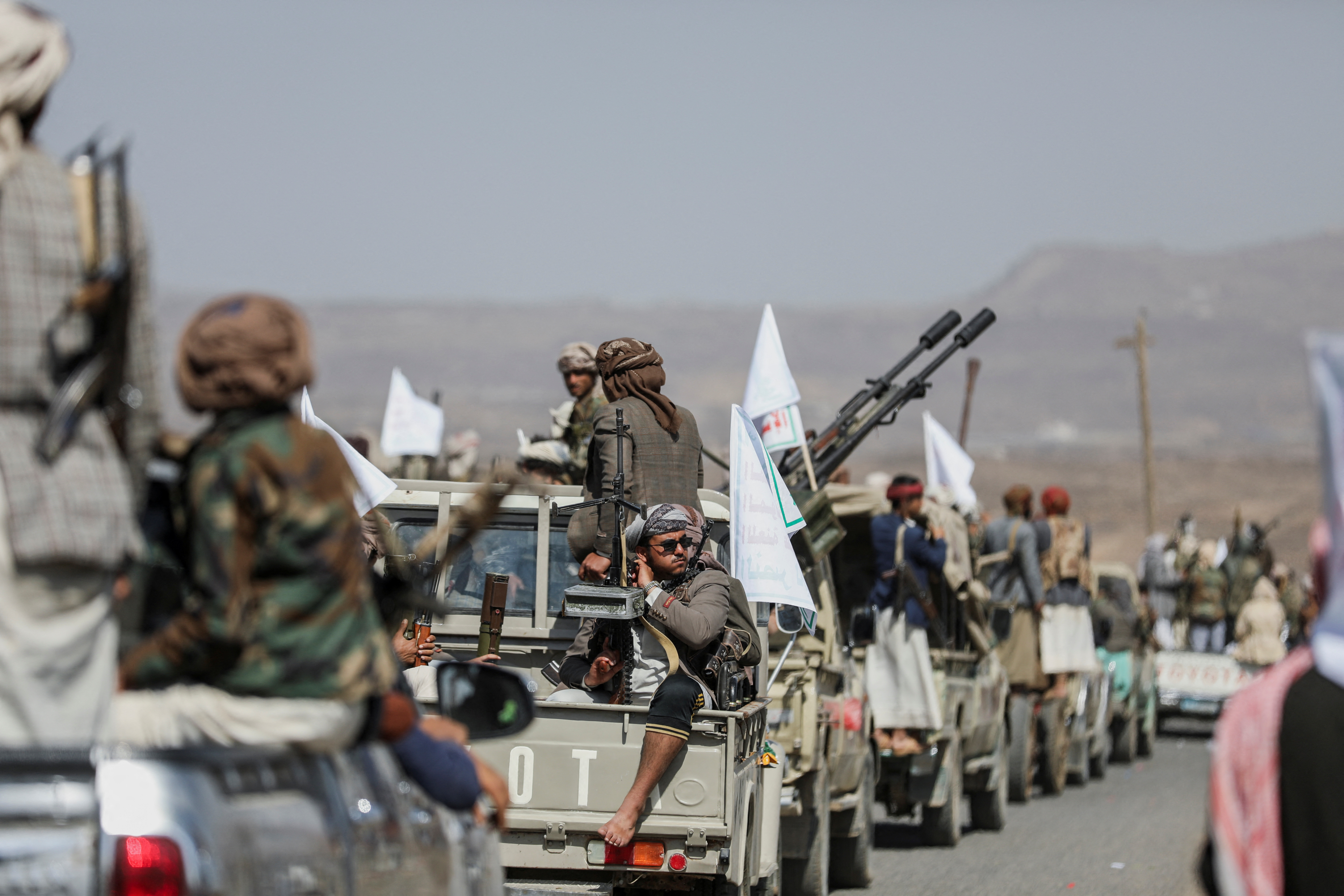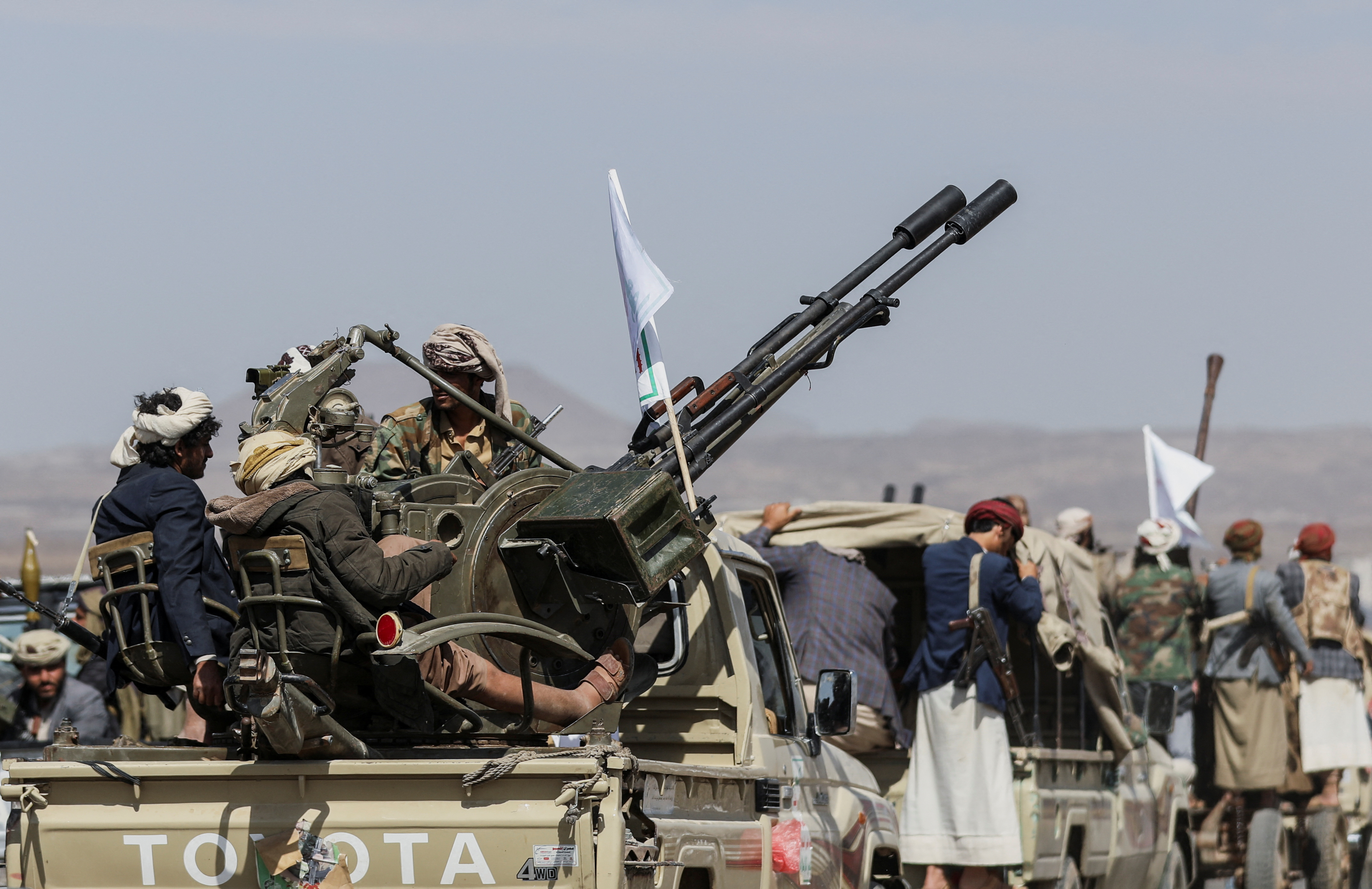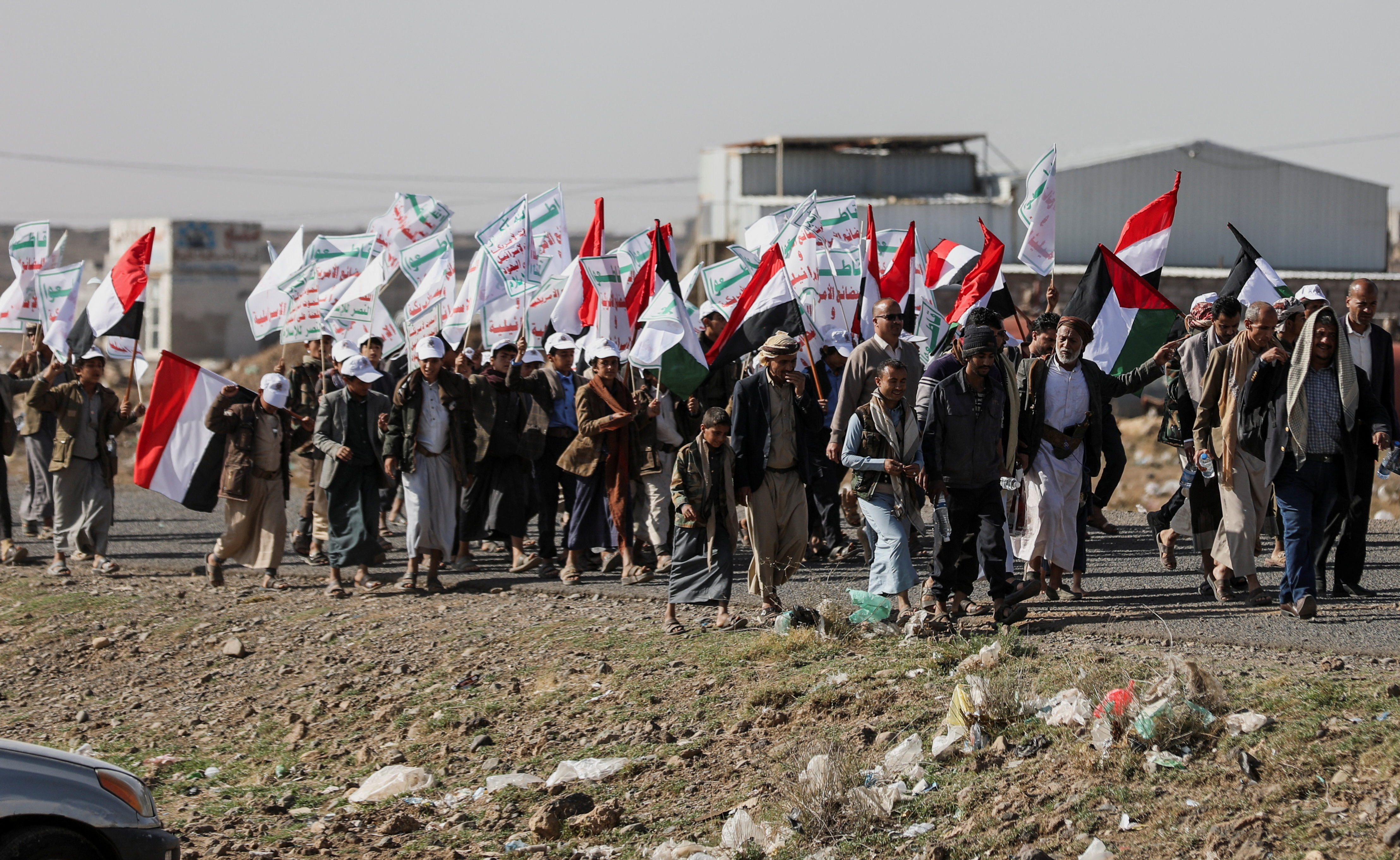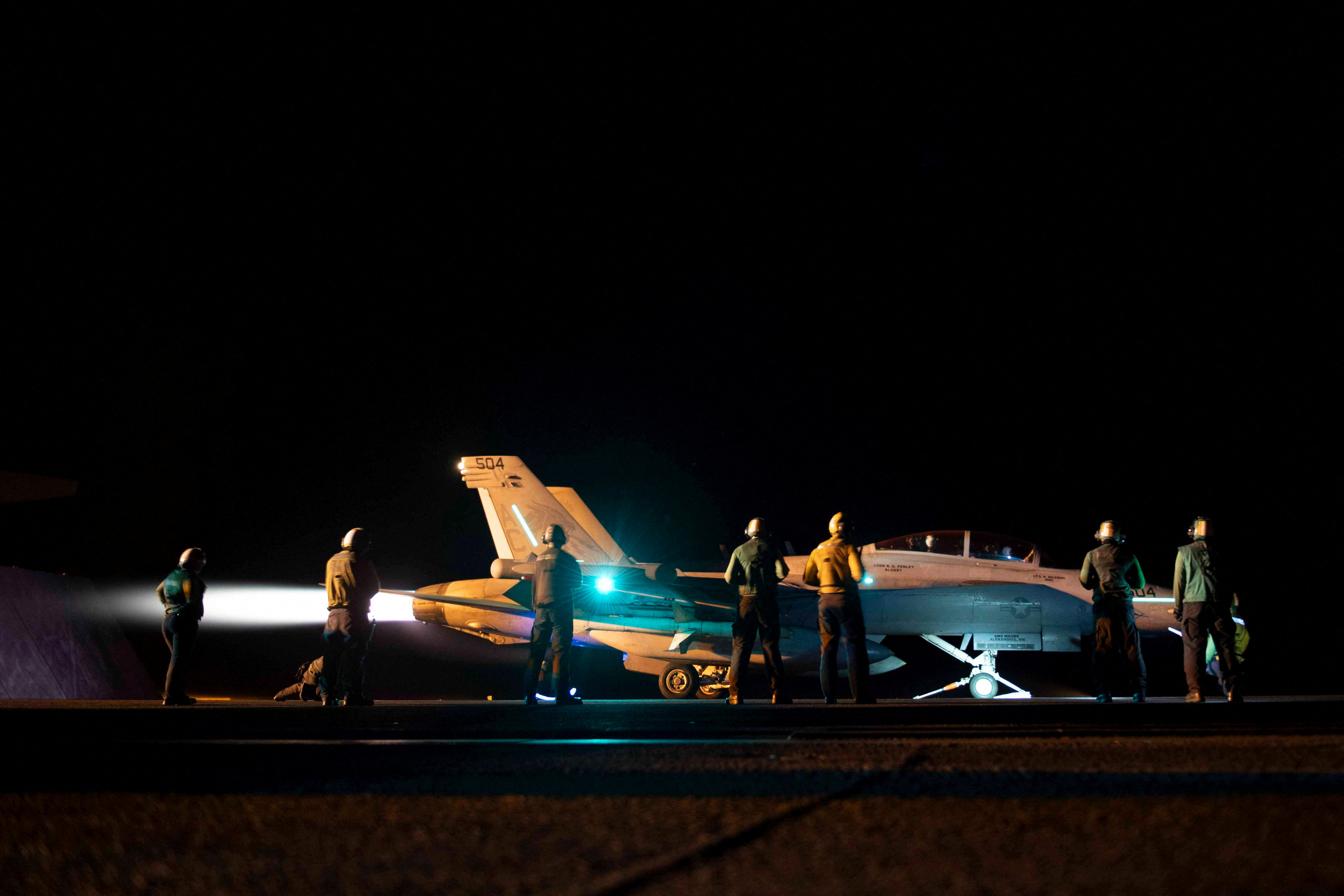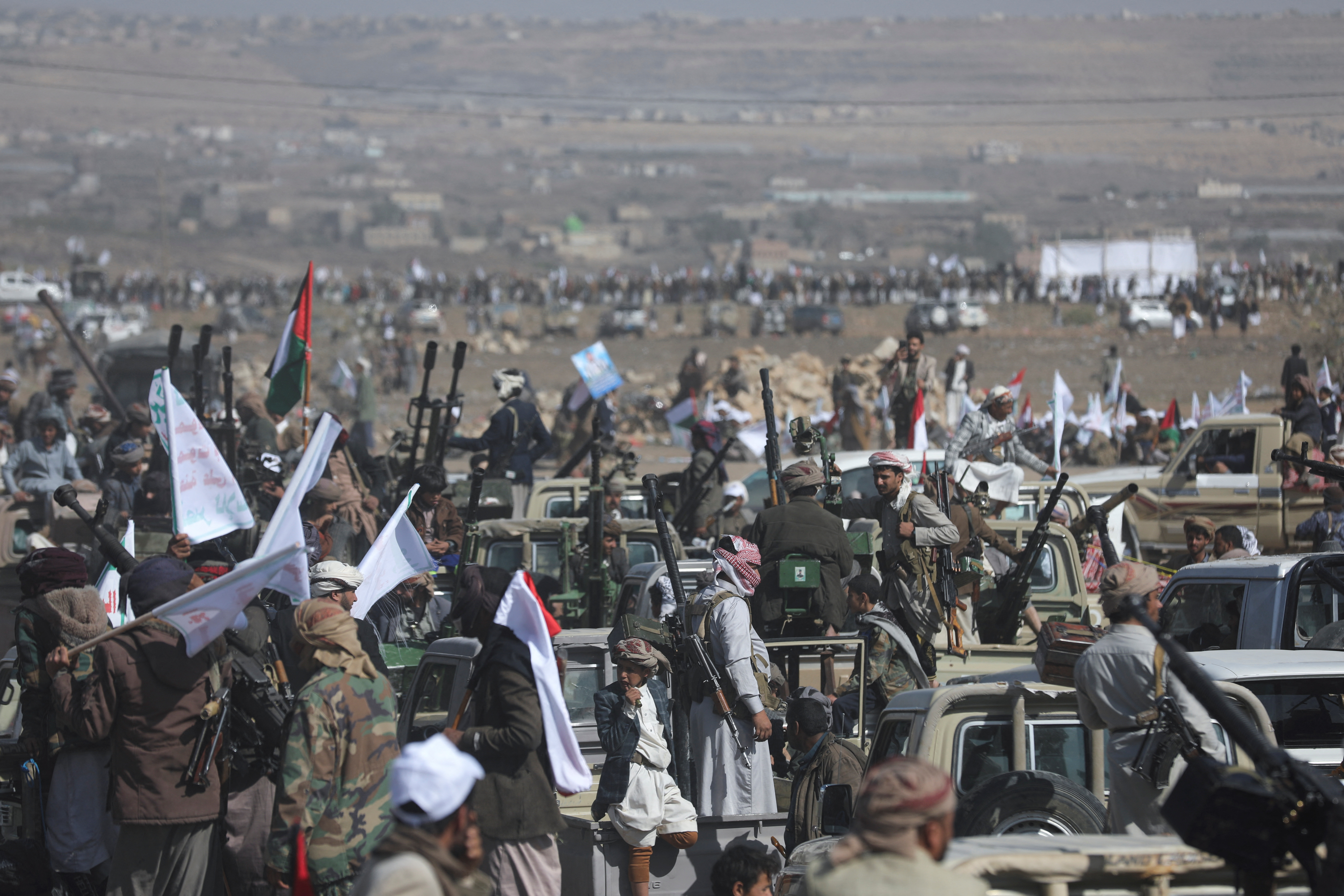WASHINGTON/ADEN/BAGHDAD, Feb 4 (Reuters) – The United States intends to launch further strikes at Iran-backed groups in the Middle East, the White House national security adviser said on Sunday, after hitting Tehran-aligned factions in Iraq, Syria and Yemen over the last two days.
The United States and Britain unleashed attacks against 36 Houthi targets in Yemen, a day after the U.S. military hit Tehran-backed groups in Iraq and Syria in retaliation for a deadly attack on U.S. troops in Jordan.
“We intend to take additional strikes, and additional action, to continue to send a clear message that the United States will respond when our forces are attacked when our people are killed,” White House National Security Adviser Jake Sullivan told NBC’s “Meet the Press” program on Sunday.
The strikes are the latest blows in a conflict that has spread into the Middle East since Oct. 7, when the Iran-backed Palestinian militant group Hamas stormed Israel from the Gaza Strip, igniting war.
The Biden administration’s diplomatic efforts to stem the fallout from the war also continued with top diplomat Antony Blinken departing for the region on Sunday afternoon.
Tehran-backed groups declaring support for the Palestinians have entered the fray across the region: Hezbollah has fired at Israeli targets at the Lebanese-Israeli border, Iraqi militias have fired on U.S. forces in Iraq and Syria, and the Houthis have fired on shipping in the Red Sea and at Israel itself.
Iran has so far avoided any direct role in the conflict, even as it backs those groups. The Pentagon has said it does not want war with Iran and does not believe Tehran wants war either.
Sullivan declined to be drawn on whether the United States might attack sites inside Iran, something the U.S. military has been very careful to avoid.
Speaking to CBS’ “Face the Nation” program moments earlier, he said Friday’s strikes were “the beginning, not the end, of our response, and there will be more steps – some seen, some perhaps unseen”.
“I would not describe it as some open-ended military campaign,” he said.
Saturday’s strikes in Yemen hit buried weapons storage facilities, missile systems, launchers and other capabilities the Houthis have used to attack Red Sea shipping, the Pentagon said, adding it targeted 13 locations.
The Houthi military spokesperson Yahya Sarea said the strikes “will not pass without a response and consequences”.
Another Houthi spokesperson, Mohammed Abdulsalam, indicated the group would not be deterred, saying Yemen’s decision to support Gaza would not be affected by any attack.
Residents described being shaken by powerful blasts. “The building I live in shook,” said Fatimah, a resident of Houthi-controlled Sanaa, adding that it had been years since she had felt such blasts in a country that has suffered years of war.

























![ITO7KV5IUJNMVAQXT57CYYFBAU[1]](https://asiannewsindia.com/wp-content/uploads/2024/02/ITO7KV5IUJNMVAQXT57CYYFBAU1-696x464.jpg)
